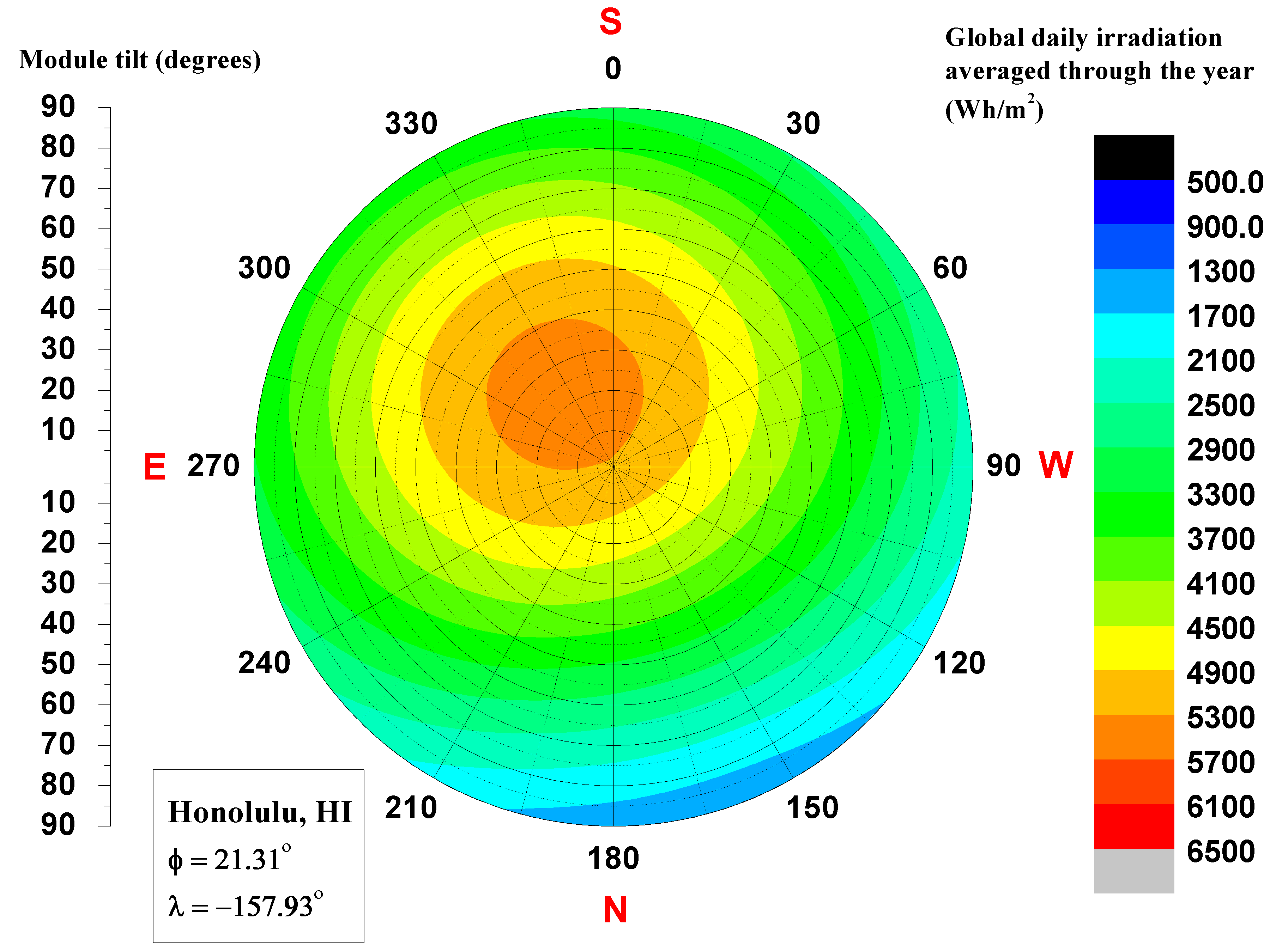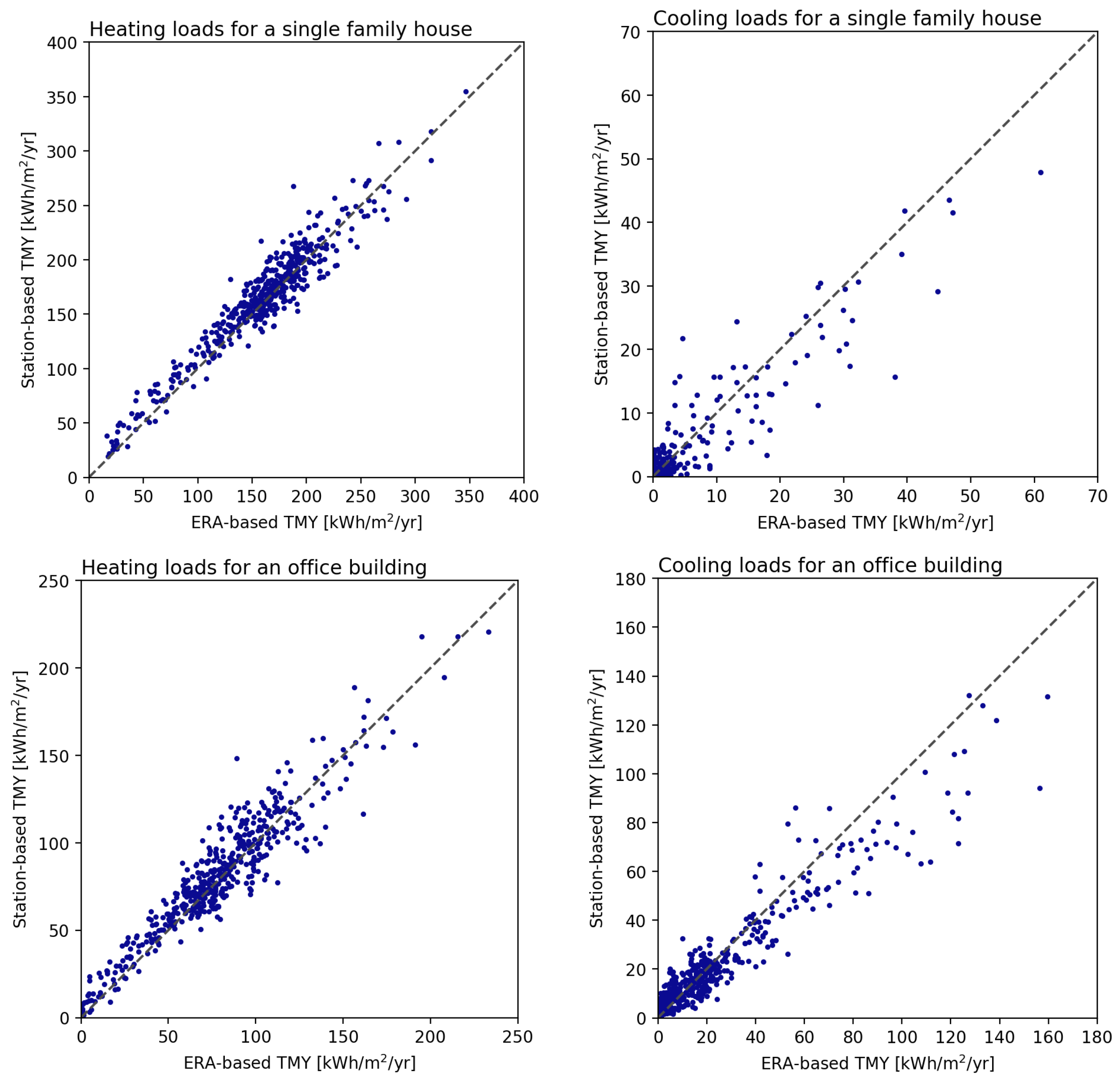
Source: PVEducation.org
Understanding Solar Insolation for PV Systems
When designing a photovoltaic (PV) system, one of the crucial factors to consider is the amount of sunlight received by the PV module, known as insolation. This can be estimated by determining the position of the Sun in the sky and the Air Mass value. While these calculations provide insights into available irradiation for a specific location and module orientation throughout the year, they do not account for local weather variations that can significantly impact radiation intensity.
Estimating Solar Insolation
One approach to estimating solar insolation is by using empirical radiation data collected by meteorological stations at the location of interest. These datasets typically include radiation and meteorological information for a typical year and are publicly available in formats such as spreadsheets.
Components of Solar Radiation
The total radiation received by a PV module, denoted as G, consists of direct (beam) and diffuse components. The beam irradiance is received by a surface perpendicular to the Sun’s rays. For PV systems with 2-axis trackers that adjust to face the Sun, the beam component is obtained directly from the Typical Meteorological Year (TMY) data as Direct Normal Irradiance (DNI).
However, fixed PV systems that do not rotate receive only a portion of direct sunlight based on factors such as location, module tilt, and orientation. The calculation involves parameters like the Declination Angle, latitude, module tilt, module azimuth, and hour angle.
Calculating Diffuse Radiation
The calculation of the diffuse component is more straightforward and is based on a simple model assuming isotropic radiation from the entire sky dome. The module’s tilt angle determines the proportion of Diffuse Horizontal Irradiation (DHI) it receives.
Hourly TMY Data
TMY data is measured on an hourly basis and stored in a standardized format. By combining equations for the Sun’s position with TMY data, the hourly global irradiation on an oriented and tilted surface can be determined. This information can be further averaged or integrated over a specific time interval.
Optimizing Module Orientation
Contour plots can be used to visualize the irradiation on modules based on tilt and azimuth angles. These plots help in calculating the yearly energy output of a module. Notably, the maximum incoming irradiation point may shift from South to East or West depending on cloud coverage patterns, impacting the optimal orientation for PV modules.
Understanding solar insolation and its components is essential for optimizing the performance of PV systems and maximizing energy generation efficiency.

Source: MDPI
Feel free to comment your thoughts.
